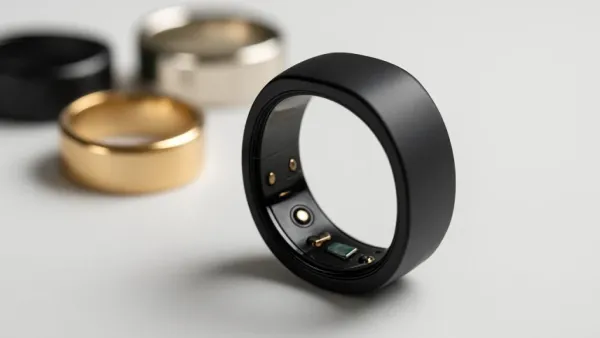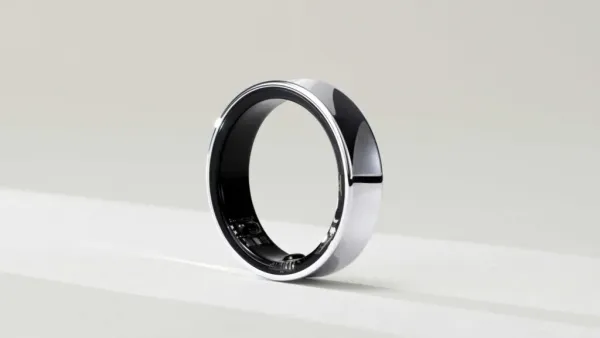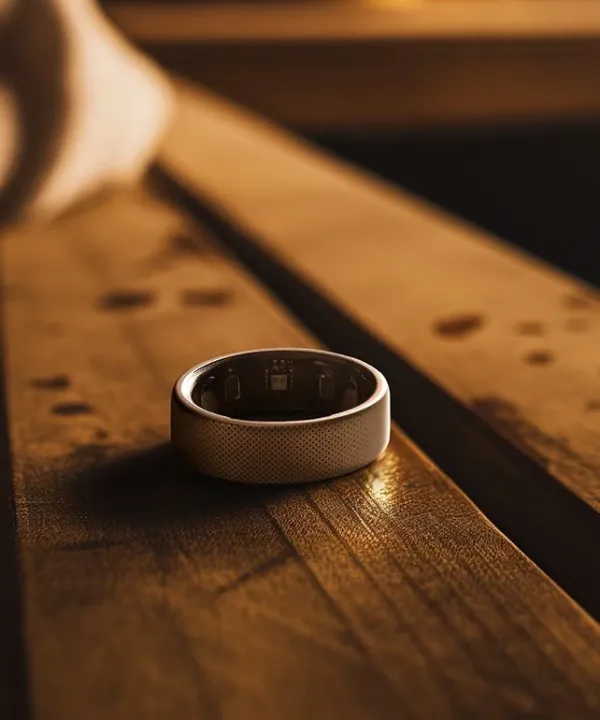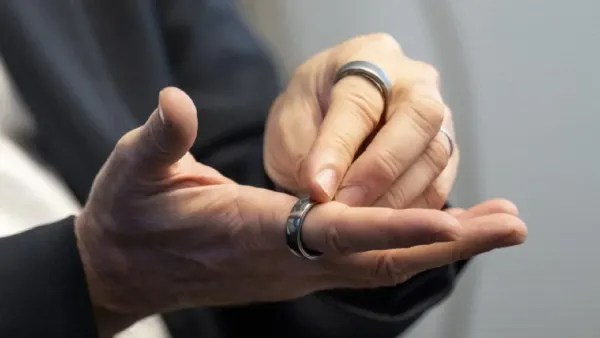
Highlights
- Smart Rings have started to become popular everyday health gadgets, offering a deeper look into sleep, recovery, and the overall well-being of a user.
- These rings are good for tracking multiple trends and building better habits, but modern devices are not currently reliable for medical-level accuracy.
- They are easy to wear and are low effort, most useful for lifestyle improvement, although battery, privacy, and durability are current trade-offs.
Wearable tech has quietly slid from our wrists to our fingersand by October 2025, smart rings will have stopped feeling like curiosities and started feeling more like real tools for everyday life. If someone has seen an individual at a cafe with a slim band glinting on their finger or noticed the steady drip of social posts about readiness scores and daily sleep insights, that’s witnessing the shift. But what exactly do these little gadgets do, and are they all the buzz they’re made out to be?

Small device, big claims
On the outside, a smart ring appears to be just regular jewelry, but on the inside is a tiny data laboratory. Rings measure movement (so they can tell when someone is asleep), use light-based sensors to estimate heart rate and sometimes blood-oxygen levels, and pick up skin temperature to spot changes across nights.
All that raw sensor data is channelled into software that attempts to convert pulses, quiet and small temperature changes into something meaningful: total amount of time an individual slept, whether they lay in deep or REM sleep, how rested the body seems to be, and even long-term patterns in stress or recovery.
But as there are good things about this technology, there are also compromises. A finger can work as an acylative location to take some measurements; contact is consistent, and the blood supply is robust, but a ring has to pack sensors, batteries, and radio chips into an extremely compact space. That restricts how much it can measure and how long it can operate on a single charge. Also, the intelligent portion resides in the app: the same raw bumps and pulses are read differently according to the company’s algorithms, so two rings on two fingers may recount slightly different stories about the same evening.
Who’s been making rings people notice
Some companies have brought rings mainstream. Some brands are commonly cited as the leaders; they’ve refined their hardware, refined sleep algorithms, and enriched their apps to be user-friendly to non-techies. These include companies such as Oura with their Ring 4, Ultrahuman with the Ring Air, Samsung with its Galaxy Ring series, and RingConn with the Gen 2 Air.

These producers have guided rings out of novelty devices to something individuals truly depend on. Meanwhile, the class has experienced growing pains: several users’ complaints of hardware malfunctions remind us that packing batteries and electronics into a small piece of jewelry isn’t easy.
Aside from the brand names, the largest change has been maturity. Rings now have more readable user interfaces, multi-week views of trends, and integrations with other health devices, making them more beneficial for individuals who value small, consistent progress in sleep and recovery over one-time measures.
What the evidence says
In blunt summary: smart rings excel at indicating trends and when something has changed, but they’re not diagnostic. In-house testing and independent studies have largely concluded that rings do a good job informing wearers how long they slept and detecting resting heart-rate trends. They’re less infallible at the minutiae, such as distinguishing between REM sleep and light sleep night after night or detecting breathing issues. In short, rings are great personal trainers that observe trends over time, but they are not substitutes for clinical sleep studies or medical equipment.
That applied difference makes a difference. For the majority of individuals who wish to sleep more soundly, grasp how training impacts recovery, or detect early warnings of illness from temperature change and suboptimal rest, the information is actionable. For anyone who has a potential health issue, suspected sleep apnea, arrhythmias, or anything requiring medical accuracy, a ring need only be an indicator, not the conclusion. Notice something troubling? That’s when it’s time to discuss with a clinician and get scanned with proper medical technology.
Pros of every day and the compromises involved
Rings are popular because they’re low effort. Many find them more comfortable to wear at night than a watch, and because they’re small and unobtrusive, it’s easier to keep them on consistently. That continuous, passive data is the real value: week-to-week trends in sleep, heart rate variability, or temperature can reveal patterns that were never noticed from single nights of sleep. For individuals who don’t want to have to consider tracking, such as athletes, commuters, and busy professionals, hands-off data collection is a big plus.

But there are trade-offs to good things. Small batteries translate to more frequent recharging, and some of the more sophisticated measurements can be hidden behind paywalls. There is also the functional risk posed by hardware miniaturization; though it happens infrequently, experiences with battery problems in some models have made purchasers more guarded. And since these products gather intimate physiologic information, privacy is also a key factor: it’s important to check the company’s policies and see if data remains on the phone or gets sent to the cloud.
Who will derive true value
If an individual is concerned about consistent progress, sleeping more consistently, understanding how exercise impacts recovery, or monitoring cycle-induced temperature changes, a ring can serve as a subtle, assistive friend. It’s particularly appealing for anyone who doesn’t like wrist wearables or prefers something that won’t irritate them when they sleep. Conversely, if someone requires medical-quality answers or spends the working day in settings that could risk destroying a fragile piece of technology, a ring isn’t as handy. Extremely privacy-concerned individuals should also examine each firm’s approach to handling data.
A verdict in plain language
By October 2025, smart rings will have evolved from flashy tech to handy devices for many individuals. They won’t substitute for doctors or lab results, but they provide honest, low-effort information about sleep, recovery, and habits that are important for everyday life. For most, the biggest gains are behavioural: looking at a streak of bad sleep encourages stronger motivation to repair a sleep routine; seeing recovery as low for the week after a tough block of training discourages overtraining. A smart ring is worth buying because it provides a deeper sense of how the body is doing from week to week and month to month, not because it promises an error-free medical gadget.
For anyone considering one, the best approach is to choose a well-regarded maker, read the return policy and warranty, and treat the ring as a thoughtful coach, a small, data-aware companion that gently reminds its wearer of good habits, not a substitute for expert attention
-
Cucumber is healthy, but eating with these 3 foods becomes ineffective – know why

-
Perfect Karwa Chauth 2025 couple poses you’ll want to recreate this year

-
Not only fashion, cotton gives a feeling of peace, today on Cotton Day, know the benefits of cotton clothes.

-
Flowers are not coming in chrysanthemum? Adopt these easy domestic methods, every branch will be filled with buds

-
Good news for Aquarius people! This special opportunity will be available on 8 October
